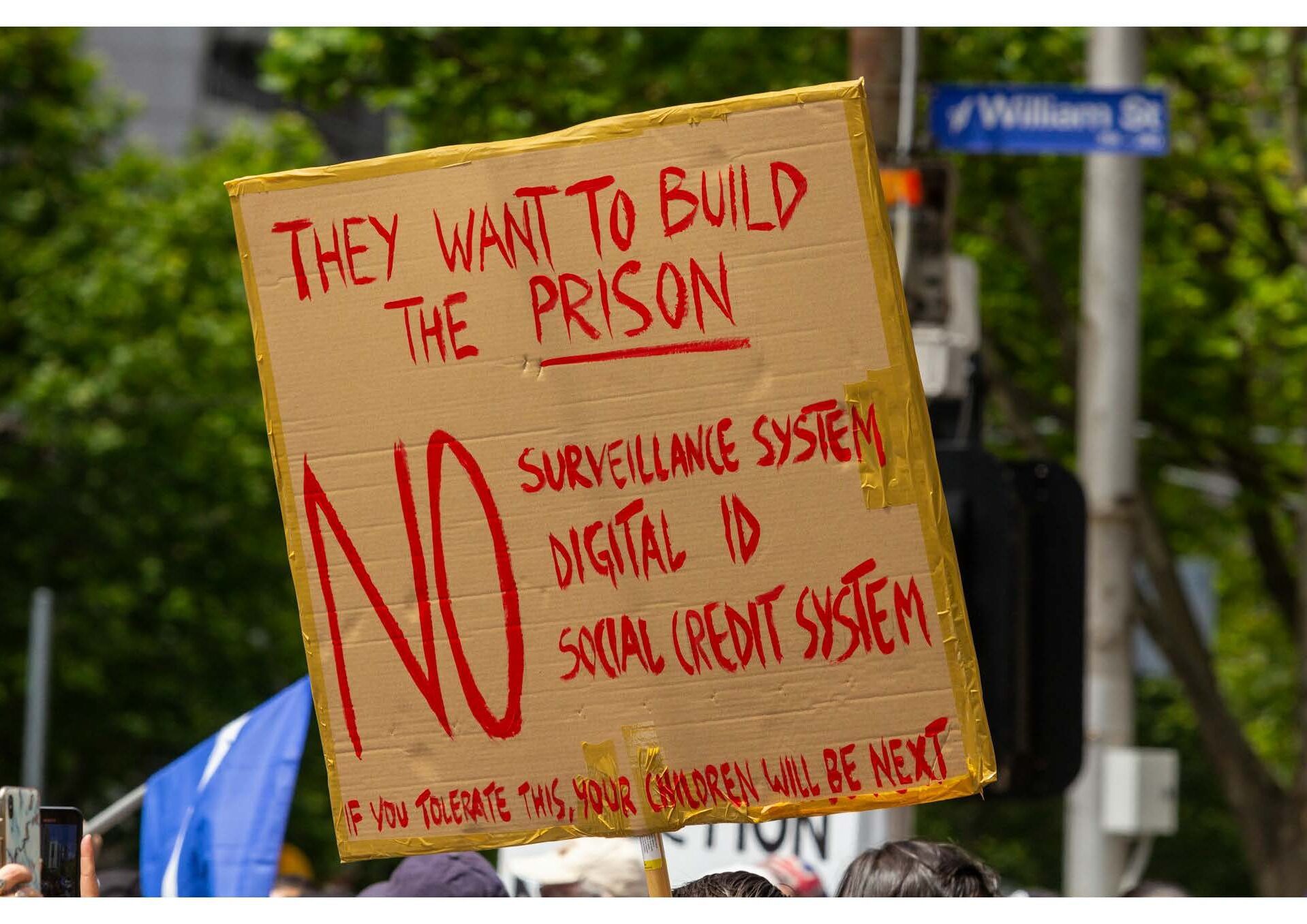University of Chemnitz, 28.11.2025
Bilingual Workshop (German/English) of the Working Group “Social Movements and Police” of the Institute for Protest and Social Movement Studies in collaboration with the research project “Local Publics and Social Conflicts Surrounding AI Security Technologies” and the research project “Visions of Policing”.
Organization: Katharina Fritsch, Philipp Knopp, Fabian de Hair, Stephanie Schmidt
See the Call for Papers as pdf here.
Please send a short abstract of approx. 300 words to philipp.knopp@phil.tu-chemnitz.de by July 15th 2025.

The police gaze has always been a subject of interest for the social sciences. Early studies
drew attention to the superficial (Sacks 1972) and selective nature (Feest and
Blankenburg 1972) of police vision. These analyses often focused on everyday patrols and
encounters between citizens and police officers in face-to-face interactions. However,
the extensive mediatization of visibility (Thompson 2005) also affects the police in general
(Goldsmith 2010) and protest policing in particular (Ullrich 2014). In recent years, studies
on the police and protest have increasingly drawn attention to new socio-technical
arrangements shaping visibility at protest events and beyond (Melgaço and Monaghan
2018). Nevertheless, it appears that a fundamental transformation of power relations
between protest and policing has not yet occurred. Instead, an open struggle for the new
mediatized visibility emerged, in which tactical and technological innovations of police
and protest reinforce each other resulting in constant reconfigurations of repertoires of
contention and control (Ullrich and Knopp 2018).
New technologies of surveillance and sousveillance (Mann, Nolan, and Wellman 2003)
have also proliferared in everyday life. Smartphones, a wide range of new recording
devices used by the police (bodycams, drones, dashcams, etc.) as well as technologies
for image processing and analysis have contributed to an increasing number and new
types of images depicting conflict and violent situations. The availability of large amounts
of data on online platforms and automated surveillance (Andrejevic 2019) are another
socio-technical driverfor the contemporary reconfiguration of visibility/power relations in
the policing of protest and everyday life. Police forces have been experimenting with facial
recognition (Selwyn et al. 2024) and predictive policing (Egbert and Leese 2020) in some
places also in the context of protest policing (Binder 2016). However, the new surveillance
technologies themselves have become a subject of criticism and protests, igniting public
controversies and become key forces for the regulation of high-risk security technologies.
However, digital media have also rendered the police practices in everyday life and during
protest events more visible for public scrutiny. Images of police violence have drawn
attention to issues of intersectional inequality reflecting broader perceptions of injustice.
Against the backdrop of these new developments, it is crucial to remember that
surveillance ans sousveillance are never isolated. Rather, they are situated in socio-
technical assemblages that significantly shape its meaning, use and impact. Visibility
relations are therefore always embedded in political discourses, intersectional structures
of inequality and technological ecologies. These broader configurations of surveillance
practices, police suspicion and selective treatment of citizens do not only reflect existing
inequalities but differentially (re)produce inequality and shape the experience of
marginalization, stigmatization and violence. Thus, the technologization of the police
gaze not only affects the relationship between the police and ‘criminals’, but also raises
the question how automation and AI affect the relationship between the police and
different social groups and the citizens police shall protect.
This year’s annual workshop of the Working Group “Social Movements and Police” of the
Institute for Protest and Social Movements Studies is therefore dedicated to the following
questions, among others:
- How is the police gaze reconfigured with new media and technologies?
- What new forms of suspicion emerge in the context of artificial intelligence and
ubiquitous datafication? - How is surveillance taken up as an issue by social movements? How do protest
actors and other social groups under surveillance adapt their practices to the new
socio-technical visibility? - How do protest actors navigate the tension between political and securitizing
visibility? How do police officers and police forces navigate their new visibility in
everyday life and during protests? - How are ‘smart’ surveillance technologies changing police suspicion practices in
general? - Which social, economic and political relations drive the technologization of police
gaze? Which are the central public and police discourses shaping it? - How do protesters contribute to the reconfiguration of surveillance practices?
- How do police officers and other surveillance professions interpret the recent turn
to AI supported surveillance? - Which new practices of counter-surveillance, sousveillance and criticism towards
unjust police actions occur in the context of new media and AI?